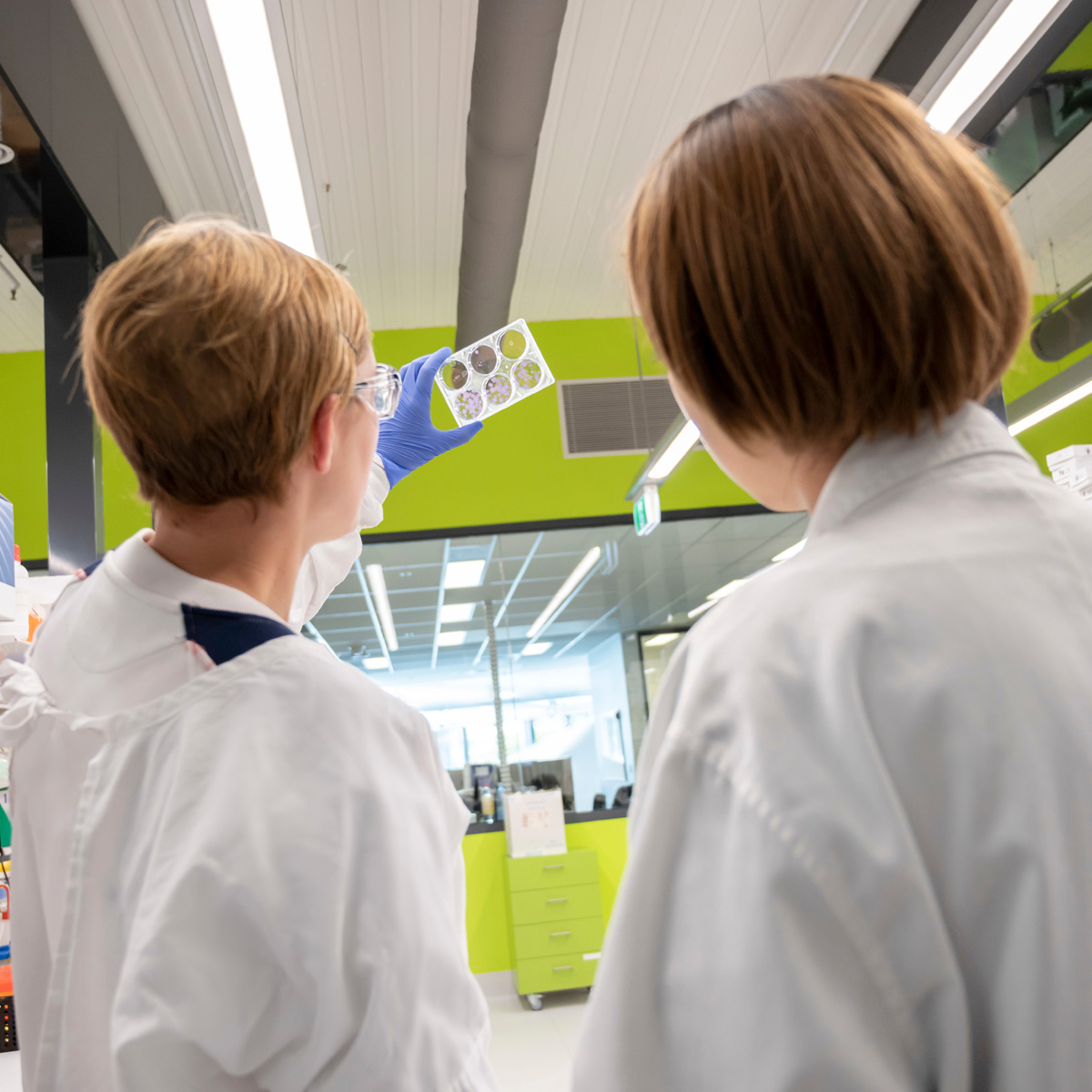Over the past two decades, cancer research has led to significant improvements in cancer prevention, early detection, screening and treatment. This has been possible because of you, our supporters, who help us fund world-class research.
New Cancer Council NSW data looking at the changes in cancer incidence and mortality in Australia between 1996-2015 reveals how far we have come.
Here are some key milestones that we’ve achieved in the last 20 years.
1. 106,903 Australian lives saved
Although there were 2 per cent more cancer cases in 1996-2015, deaths declined by 20.6 per cent. According to the study, there were 106,903 fewer cancer deaths for Australians aged under 75 than expected – based on 1995 mortality rates.
The drop can be attributed to multiple factors from prevention through to improved patient care, with the greatest gains in reducing smoking rates and successes in early detection:
2. Reduced smoking rates saved thousands of lives
Australia’s tobacco control measures have successfully reduced smoking rates, with a previous analysis estimating that 78,000 deaths were prevented from lung cancer alone between 1956 and 2015. Smoking rates have continued to fall, leading to major reductions in lung cancer death over the past 20 years.
Reduced smoking rates also led to fewer deaths from several other cancers including:
- colorectum
- head and neck
- stomach
- bladder
- ovary
- oesophagus for females
- cervix.
3. Screening programs saving lives
The study found improvements in cancers where we have national screening programs, bowel and cervical, which play a major role in reducing the incidence and mortality rates. For breast cancer, screening of women in Australia aged 50-69 years has reduced the mortality rate by 21-28 per cent.
These benefits are likely to increase, as Australia’s National Bowel Cancer Screening Program reaches more people, the benefits of a renewed Cervical Screening Program grow, and our research into optimal early detection of breast cancer evolves.
4. Improved cancer treatments leading to better outcomes
In Australia, we have seen various improvements in earlier interventions and cancer treatments and the development of tailored and targeted therapies, which have extended survival and increase cure rates.
Treatment side-effects have lessened and we have been promoting coordinated, patient-centred care to improve outcomes, informed by our research and community engagement across all areas of cancer control .
5. Significantly fewer deaths for most cancers
The number of deaths for most cancer types have declined, including lung cancer (in men) and bowel (colorectal) cancer, Australia’s two leading causes of cancer death, and for prostate and breast cancers. Death rates from liver cancer increased and only fell marginally for pancreatic cancer in recent years.
Our research and advocacy work has been at the forefront of prevention, early detection and screening policy and in ensuring optimal treatment and care are available to all who need them.
While we’ve had many breakthroughs in cancer research, we still have a long way to go.
According to the report, an increase in cancer incidence is still a concern as the number of new cancer diagnoses is greater than that expected based on 1995 rates. While this may be due to increased detection, we need to stay committed to further research to save more lives in the future.
We can’t do this without your support, so please donate today to help ensure life-saving cancer research can continue.
This article was originally published on cancercouncil.com.au.
